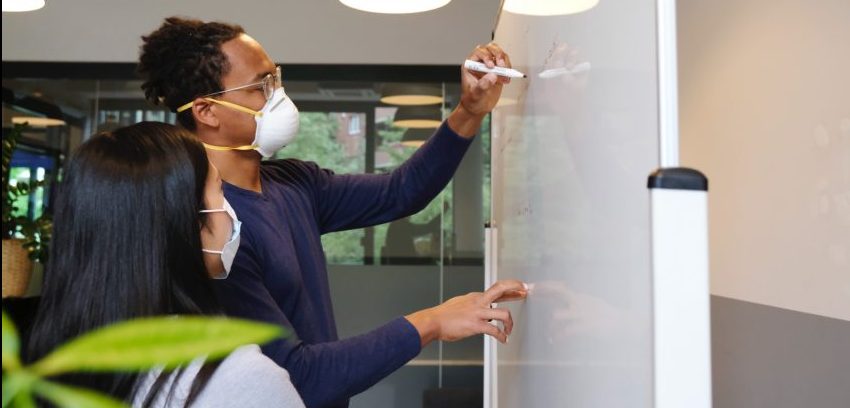Your spring plans flew out the window mid-March and haven’t been back on track since. Isn’t that good reason to drop into a holding pattern and maintain the status quo for a few months? Surprisingly, the answer is no. Now is the right time to reassess your plans to adjust for current realities and hit go. Dust off your strategic plan; let’s think about the future.
Return to Fundamentals
While many things have changed in the last four months, your mission probably isn’t one of them. It’s good to remember that the fundamental elements of your strategic plan are already solid.
Start by reviewing your goals and objectives. Have they changed? While long-term objectives might still hold, short-term objectives are more likely to have been impacted by the shift to a remote workforce or pandemic response priorities. Are there other factors you need to consider now, such as leadership directives or new agency responsibilities? If so, then your tasks should include strategic planning tasks as well as a concept of operations (CONOPS) to carry out those strategies:
- Define objectives
- Determine or adjust timelines
- Decide how you will measure progress for each objective
- Allocate resources
- Assign specific tasks to specific people or teams
- Schedule each phase of work
Maintain a Living Plan
The pandemic has highlighted just how essential it is for government organizations to be agile and innovative. The ability of the federal workforce to move to more remote work in a matter of weeks demonstrates that the government can shift quickly. Any organization thinking to hold the status quo in the midst of so much change is missing the bigger picture—business operations were changing even before the pandemic.
Technology is driving evolution in the government sector. How will you use new advances in security to continue to work remotely, hire new talent outside of your physical area, process financial transactions, handle sensitive data, or boost employee performance? The key is to use strategic planning to start small and make incremental changes or optimize operations on a limited scale.
Frequently adjusting your CONOPS is the essence of a living strategic plan. Many leaders assess and revised CONOPS monthly—or even weekly—to meet their objectives.
Innovate and Evolve
Your strategic plan can help you start moving forward with small steps. No one expects that we’ll wake up tomorrow and suddenly everything will be as it was before. Things have changed. People have changed. The public sector has changed. Those changes are pushing organizations to be innovative, making this a prime opportunity to experiment a bit.
Be strategic about new efforts—align them to current objectives, decide how you’ll assess results, analyze what works and what doesn’t. Don’t be afraid of failure; it is part of the agile process. Even if a new program has bugs, no one will fault you for trying to evolve and improve with so many other organizations in the same situation.
Look at the Time
The pandemic has forced the hands of many organizations; adjust now or feel the pinch. If you’ve been itching to make bigger changes, this shakeup has created the opportunity. The same tools and techniques that modernize and connect legacy systems also make it easier to serve and communicate with a modern public so planning for change—big or small—just makes sense.
Three Final Tips
- Rally the troops. Pull in a core team to help with updating your strategic plans. Bringing in outside help can keep things moving and offer a new perspective on your mission.
- Execute your plan! Don’t file your strategic plan away once you’ve updated it. Follow through with a CONOPS that spells out how you will put strategies to work. Be specific about timelines, resources and who will do what.
- Plan to review and update your plan on a regular schedule—or as things change. It’s vital that your plan remains a living document, capable of responding to new developments.
The process of updating your strategic plan can be a powerful force for good in your organization. Working together, sharing values, and soliciting feedback can boost energy, commitment, and morale as well as set forth a clear roadmap—for whatever comes next.





Leave a Reply
You must be logged in to post a comment.